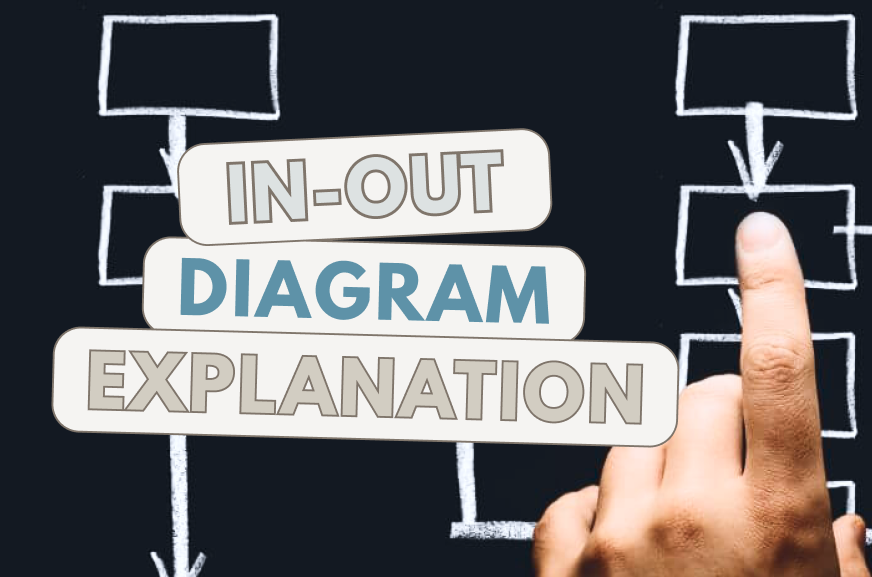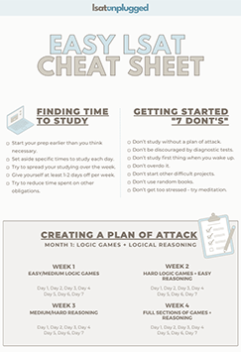This is an In-Out game where the rules can be connected to form long conditional chains.
I designate bills voted “For” as being “In” (positive). I designate the bills voted “Against” as being “Out” (negative).
If you’re new to this, or you need a reminder, sufficient is before the arrow, and necessary is after the arrow: Sufficient -> Necessary (see this for more details).
First rule:
G only if NOT E can be diagrammed as

(“only if” introduces the necessary condition)
The contrapositive, would be:

Second rule:
(I skip this rule because it mentions variables not mentioned in the first rule. Put a mark next to this rule as a reminder to come back to it.)
Third rule:
This means at least one of E and J must be in, but there’s no reason we can’t have both in.
This can be diagrammed as:
NOT E -> J
Contrapositive:
NOT J -> E
By connecting this rule (and its contrapositive) to the first rule (and its contrapositive), we get:

and

Second rule:
Now that we have J on our diagram, it’s worth taking a look at the second rule because we’ll be able to connect the variables in this rule to what we already have on our diagram.
The word “unless” is tricky, but I’ve explained it here.
If you like, you can switch the order of the clauses in this rule in order to think of the rule as “I unless NOT J”
This becomes “NOT I -> NOT J”
Contrapositive:
J -> I
We can immediately connect this rule (and its contrapositive) to what we’ve already diagrammed, giving us:

and

Fourth rule:
If introduces the sufficient condition, so it should really be thought of as:
H + D -> G
(H and D being in are sufficient to guarantee that G is in.)
Contrapositive:
NOT G -> NOT H or NOT D
On the diagram, it becomes:
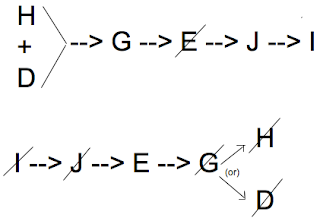
Remember that the word “or” is inclusive. This means that if G is out, at least one of H and D will be out, but perhaps both of them will be out.
For the “or,” some people like to use a dotted-line arrow rather than a solid line and writing the word “or.” With a dotted-line arrow, this rule would look like:
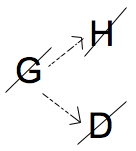
Either way is fine – as long as you know what it means.
Question 7’s rule:
Question 7 adds a new rule: F –> NOT J
Take the contrapositive: J –> NOT F
Add both to the diagram, and you get:
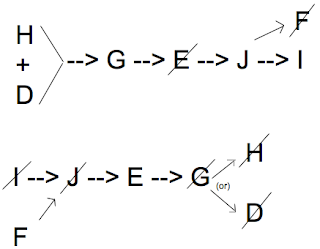
***
With the rules correctly diagrammed in these chains, you should be able to get through the game’s questions on your own. Most of the difficulty is in setting up the game and forming the chains.
